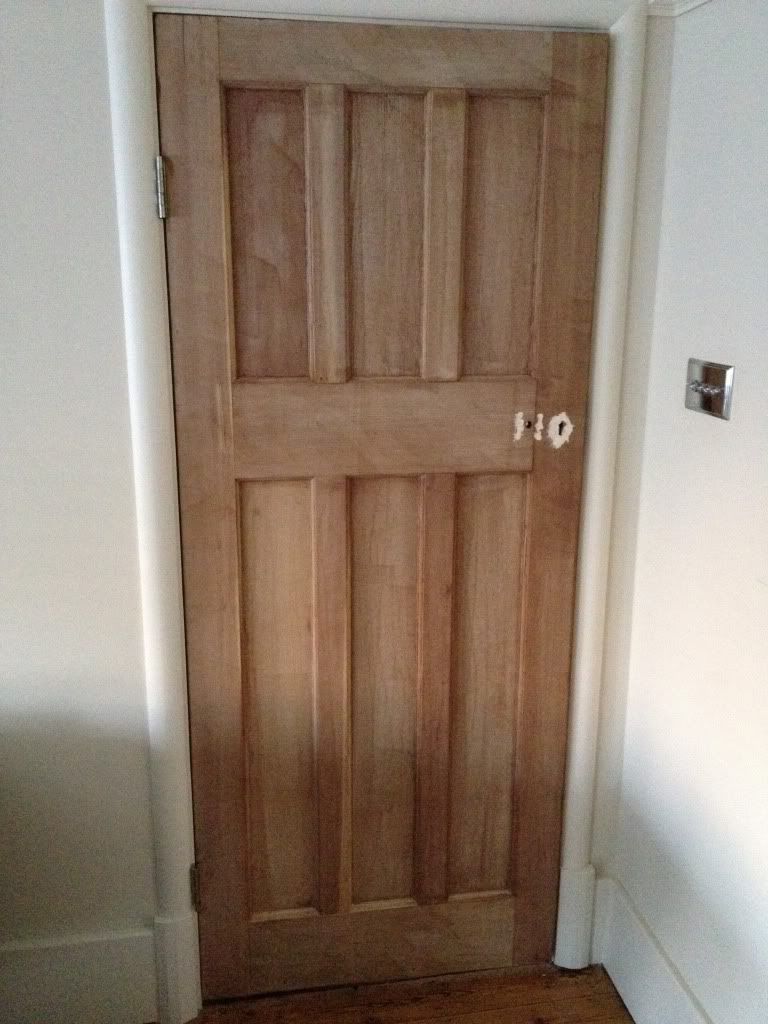All,
I got the internal doors on my 1920's house dipped and the joint has come apart on the mid rail, but only on the side where the lock is. It has only come apart about 3mm; but, it's enough to make refitting the hardware a bit of a pain. The joint (mid rail to stile) appears to be a cope and stick joint (I cannot see any mortice and tenon!). Oh some of the doors are also to tight in door frame also.
Please can someone tell me what I should do to close the gap? I was thinking of putting a bit of glue in the gap and putting a few sash clamps on it and hoping for the best.
Thanks,
DT

I got the internal doors on my 1920's house dipped and the joint has come apart on the mid rail, but only on the side where the lock is. It has only come apart about 3mm; but, it's enough to make refitting the hardware a bit of a pain. The joint (mid rail to stile) appears to be a cope and stick joint (I cannot see any mortice and tenon!). Oh some of the doors are also to tight in door frame also.
Please can someone tell me what I should do to close the gap? I was thinking of putting a bit of glue in the gap and putting a few sash clamps on it and hoping for the best.
Thanks,
DT

































